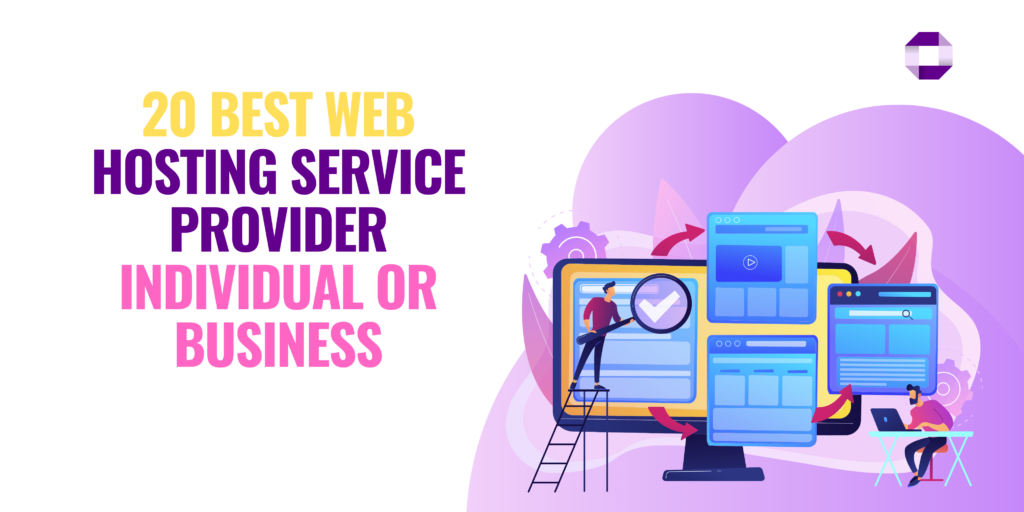In today’s digital landscape, webinars have emerged as a powerful tool for businesses, educators, and content creators alike. Hosting engaging webinars can enhance your brand, connect with your audience, and generate leads. However, the success of your webinar largely depends on the software you choose. To help you make an informed decision, we’ve curated a list of the ten best webinar software options in 2023, complete with an overview of their features, pricing, and pros and cons.
1. Zoom
Overview:
Zoom began as a video conferencing tool but has grown to become one of the most popular webinar platforms. It allows users to host large webinars with various features.
Features:
- Up to 10,000 participants
- HD video and audio quality
- Screen sharing and recording
- Interactive polling and Q&A
- Integrated chat options
Pricing:
Starting at $149.90/year for a pro account with additional fees for webinar capabilities.
Pros:
- User-friendly interface
- Excellent customer support
- Strong integration capabilities
Cons:
- Limitations on branding in the free version
- Security concerns in the past
2. WebinarJam
Overview:
WebinarJam provides a robust platform specifically for hosting live webinars, with an emphasis on marketing features.
Features:
- Automated webinars
- Live and pre-recorded options
- High level of attendee interactivity
- Custom domain and branding
Pricing:
Plans start at $499/year.
Pros:
- Effective automation features
- Strong marketing tools for lead generation
- Detailed analytics and reporting
Cons:
- Can be overwhelming for beginners
- Limited customization features for landing pages
3. GoToWebinar
Overview:
GoToWebinar is an established player in the webinar software market, known for its reliability and comprehensive tools.
Features:
- Up to 2,000 attendees
- Webinar templates and customizable branding
- Polling and surveys
- Extensive analytics dashboard
Pricing:
Plans commence at $49/month.
Pros:
- Easy to set up and use
- Robust reporting features
- Excellent customer support
Cons:
- Limited integrations compared to competitors
- Pricing can escalate with more attendees
4. Demio
Overview:
Demio provides a streamlined experience for running live, automated, and hybrid webinars with an emphasis on the user interface.
Features:
- Live and automated webinars
- Seamless registration pages
- Interactive features like polls and handouts
- Integration with popular CRMs
Pricing:
Starts at $49/month.
Pros:
- Highly intuitive design
- Attractive landing pages
- Good customer support
Cons:
- Limited customization options
- No phone support available
5. EverWebinar
Overview:
EverWebinar offers a unique combination of live and automated webinars, targeting marketers wanting to leverage evergreen content.
Features:
- Automated webinars that can mimic live events
- In-depth analytics
- Built-in promotions and marketing features
- Customizable registration page
Pricing:
Starting at $499/year.
Pros:
- Excellent for marketers
- Allows for evergreen content
- Strong marketing automation tools
Cons:
- Requires time to set up
- Interface can be complex for new users
6. BigMarker
Overview:
BigMarker shines with its combination of webinar hosting and marketing tools, suitable for both small and large organizations.
Features:
- Up to 10,000 participants
- Customizable branding options
- Live, automated, and series webinars
- Interactive features like polls, quizzes, and chats
Pricing:
Starts at $79/month.
Pros:
- All-in-one marketing solution
- Great for community building
- Excellent customer support
Cons:
- Can be a bit pricier compared to others
- Learning curve for advanced features
7. ClickMeeting
Overview:
ClickMeeting is a versatile platform focused on education and business webinars, making it ideal for both sectors.
Features:
- Lots of customization options
- Multi-language support
- Recording and storage
- Interactive functionalities
Pricing:
Starts at $25/month with basic features.
Pros:
- Affordable pricing tiers
- Easy to use interface
- Strong focus on analytics
Cons:
- Fewer integrations than competitors
- Limited live support options
8. Adobe Connect
Overview:
Adobe Connect offers a professional approach to webinars, especially for corporate and educational environments.
Features:
- Customizable meeting rooms
- High-quality video and audio
- Engaging tools like whiteboards, polls, and breakout rooms
- Extensive reporting and analytics options
Pricing:
Starting at $50/month.
Pros:
- Highly customizable layout
- Excellent visual tools
- Strong capacity for larger audiences
Cons:
- Complex user interface
- Higher learning curve for new users
9. StreamYard
Overview:
StreamYard is a browser-based platform specifically designed for streaming webinars and live shows across multiple platforms.
Features:
- Custom backgrounds and overlays
- Multi-streaming capabilities
- Guest invitation with on-screen display
- Robust chat and moderation tools
Pricing:
Plans start at $20/month.
Pros:
- Easy to use for multiple platform streaming
- Excellent customization options
- Good for live interactions
Cons:
- Limited features compared to dedicated webinar platforms
- May require a strong internet connection
10. Microsoft Teams Live Events
Overview:
Using Microsoft Teams for webinars is an attractive option, especially for organizations already using Microsoft’s suite of tools.
Features:
- Integration with Microsoft tools
- Up to 20,000 attendees
- Interactive sessions with Q&A
- Screen sharing features
Pricing:
Included with select tiers of Microsoft 365.
Pros:
- Familiar interface for Microsoft users
- Great for internal corporate webinars
- Easy recording and sharing capabilities
Cons:
- Less intuitive for beginners
- Limited marketing features
Conclusion
Choosing the right webinar software is essential for the success of your virtual events. Consider your specific needs, such as the size of your audience, your budget, and the interactive features you want to incorporate. Each of the platforms discussed offers unique benefits and potential drawbacks, making it crucial to evaluate them carefully.
When selecting your platform, think about how it can integrate with your existing tools and align with your goals. No matter which one you choose, using the right software can help you create engaging, memorable webinars that resonate with your audience.
Ready to start hosting your webinars? Click on the links provided to explore each platform further. Happy hosting!


